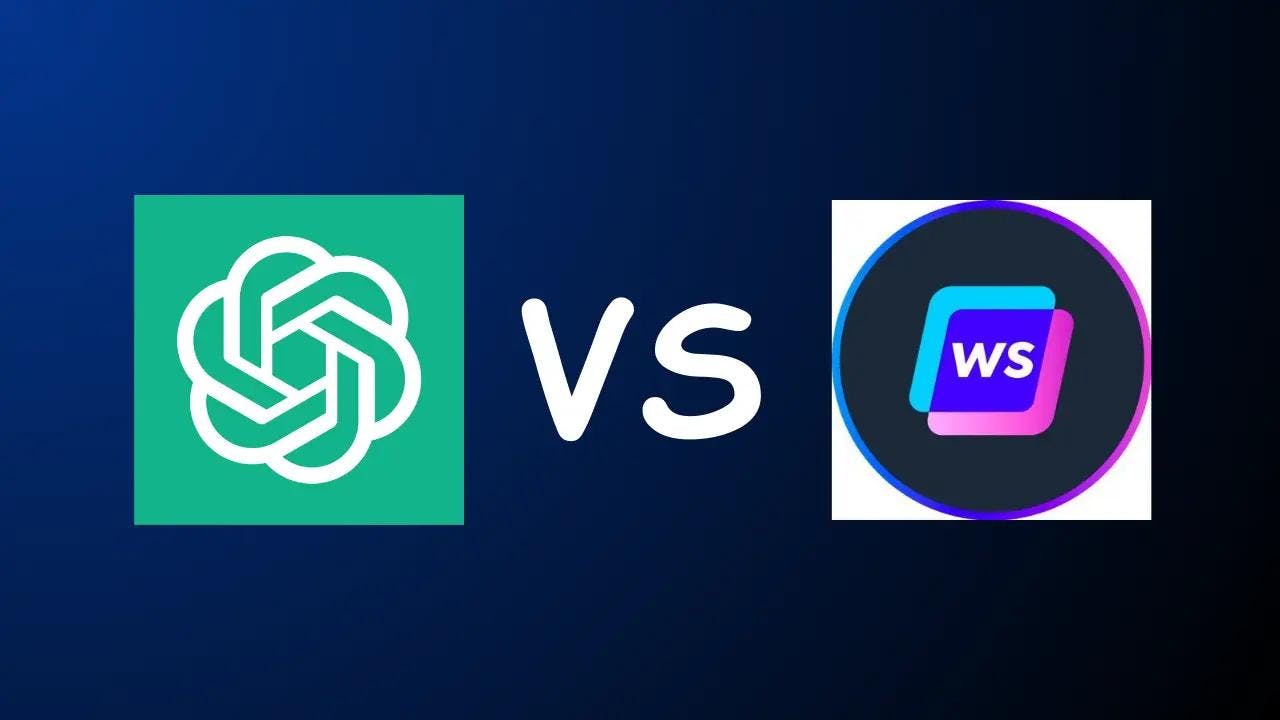
ChatGPT vs ChatSonic | Which one is better?
Unbeatable Software
September 1, 2023 at 12:39 AM
Artificial Intelligence has overcome almost everything. Plugins, Tools, and LLMs mean there is much to explore and use for convenience.
One thing is clear digital companions are more than just tools; they're conversationalists, thinkers, and sometimes, even comedians. In the bustling arena of chatbot technology, two giants stand tall, casting long shadows over the competition: ChatGPT from the renowned labs of OpenAI and the enigmatic Chatsonic, an old kid on the block with a bag full of tricks.
As we stand on the conversational revolution, the question on everyone's lips is: Which bot truly understands us? Which one can weave words into a tapestry of meaningful dialogue? And most importantly, which one can make us forget, even for a moment, that we're talking to a machine?
This article will differentiate every inch making it easy for you to decide which one can fulfill your needs. It’s not gonna be a lengthy and boring comparison article but short to the point and informative.
Join us on this exciting journey as we pit these digital rivals against each other, dissecting their strengths, quirks, and the magic behind their algorithms.
ChatGPT vs Chatsonic: Compare at a glance
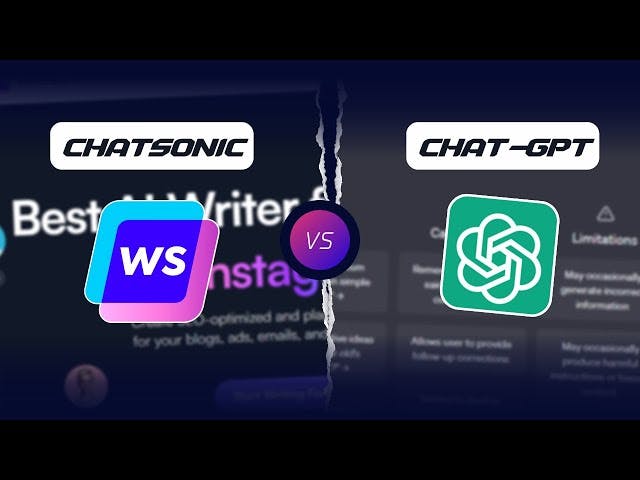
Architecture:
Both ChatSonic and ChatGPT-4 are built on the robust foundation of transformer-based architectures, a testament to the power and flexibility of this design.
Release Date:
While ChatSonic made its grand debut in 2020, ChatGPT-4 entered the scene a bit later, in 2023, bringing with it the promise of newer advancements.
Data Training:
ChatSonic boasts a vast reservoir of training data, but ChatGPT-4 takes it a notch higher with not just a large, but a diverse set of data, ensuring a broader understanding of various topics.
Language Prowess:
ChatSonic impressively supports over 30 languages, while ChatGPT-4, though supporting 26 languages, ensures each is finely tuned for optimal interaction.
Conversational Skills:
While ChatSonic offers a moderate level of conversational ability, ChatGPT-4 prides itself on advanced conversational capabilities, making interactions feel more natural and human-like.
Contextual Understanding:
Both bots shine brightly in this arena, showcasing advanced levels of contextual understanding, and ensuring that conversations flow seamlessly without missing a beat.
Fine-Tuning Capabilities:
For those looking to customize their experience, rejoice! Both ChatSonic and ChatGPT-4 come equipped with fine-tuning capabilities, allowing for a tailored chatbot experience.
Input Modes:
ChatSonic offers versatility with both voice and text input, catering to a wider audience. ChatGPT-4, on the other hand, goes beyond just text, allowing users to interact using images as well, opening doors to a myriad of possibilities.
Language Model:
At their core, both these digital giants employ generative language models, ensuring that they can craft responses that are not just accurate but also engaging.
What is ChatGPT?
Born from the visionary minds at OpenAI, ChatGPT is more than just a chatbot; it's a symphony of words and technology. With its foundation rooted in the transformative power of transformer-based architecture, it has redefined the boundaries of conversational AI since its inception.
Often celebrated as the gold standard in the realm of chatbots, ChatGPT's prowess doesn't just stop at mimicking human conversation. It dives deep, understanding nuances, context, and the very essence of human dialogue, making every interaction feel less like a chat with a bot and more like a tête-à-tête with a well-read friend.
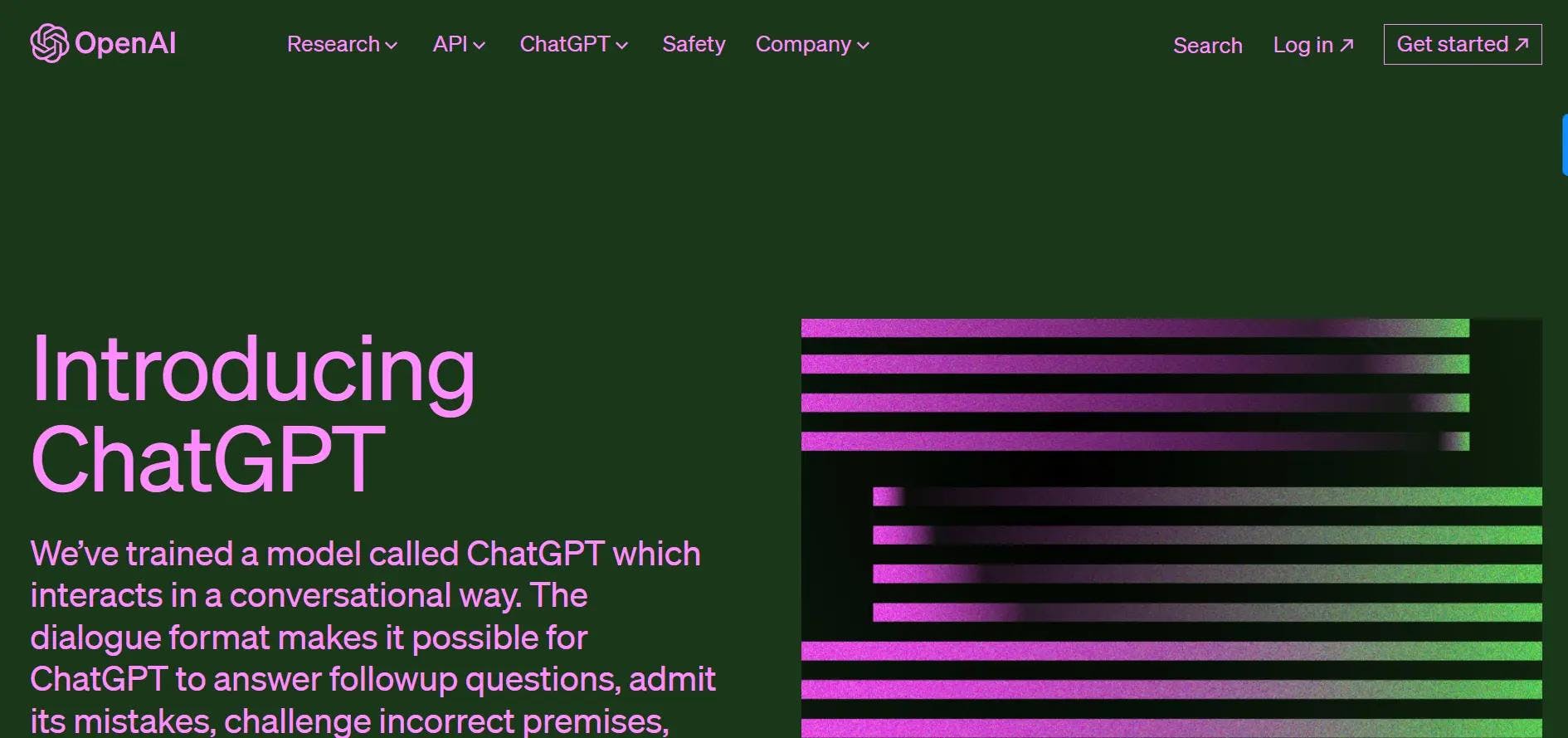
What truly sets ChatGPT apart is its unparalleled ability to weave words into coherent, contextually relevant, and often insightful responses. Whether it's answering a complex query, engaging in casual banter, or diving into deep philosophical debates, ChatGPT stands tall, ready to converse.
Its journey hasn't been without challenges. Like any evolving technology, it has its learning curves and areas of growth. Yet, its widespread acclaim and adoption across diverse sectors, from customer support to edutainment, is a testament to its robust capabilities.
What is Chatsonic?
Emerging from the innovative labs of WriteSonic in 2020, ChatSonic is not just another chatbot; it's a conversational maestro. Harnessing the power of advanced natural language processing (NLP), it crafts dialogues that echo the nuances of human conversation, making you wonder if there's a real person on the other side.
Often hailed as the ChatGPT's dynamic counterpart with an extra sprinkle of superpowers, ChatSonic recently integrated the prowess of GPT-4, further amplifying its performance and conversational depth.
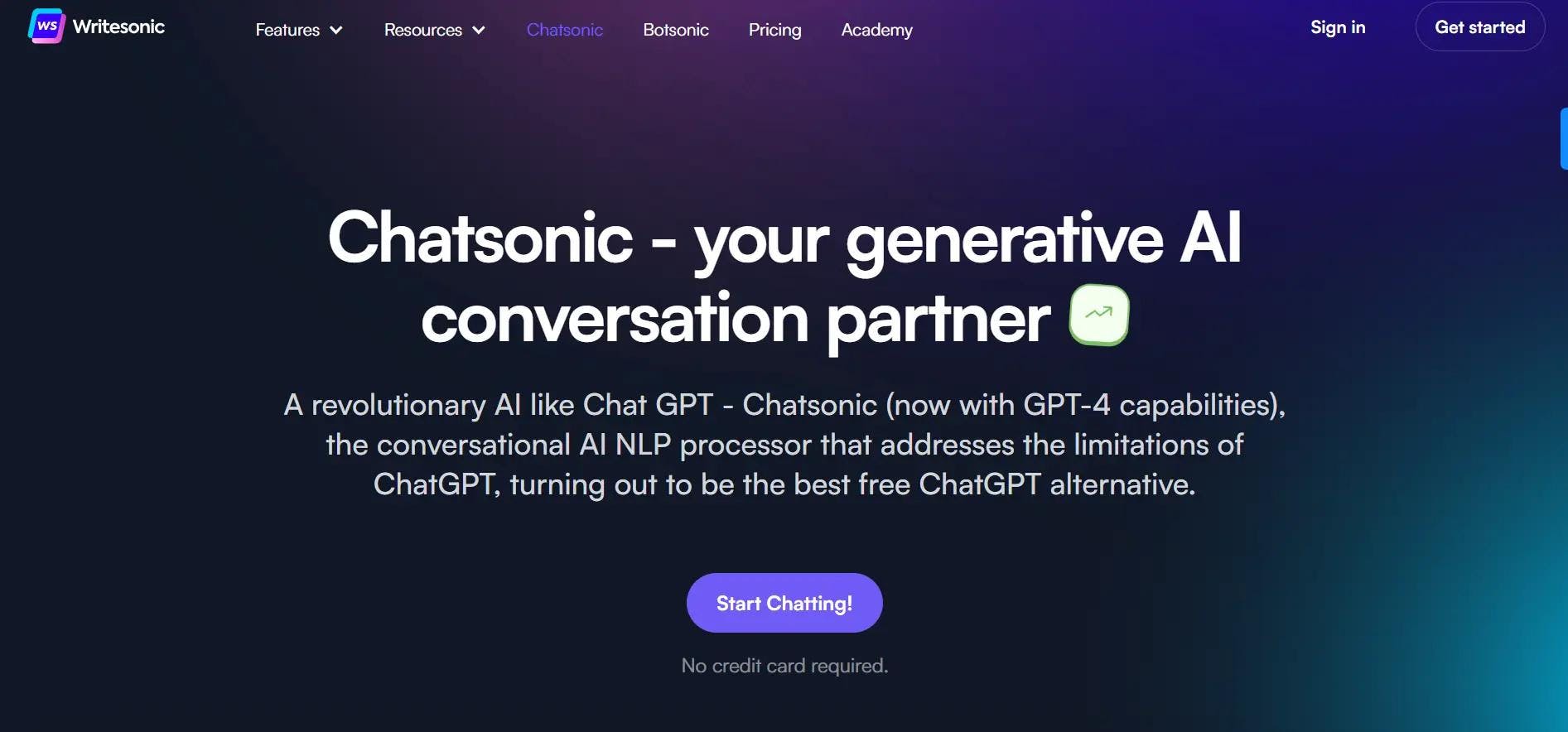
What sets ChatSonic apart? Its ability to sift through user inputs, match them with its vast script library, and churn out relevant responses. This makes it a darling in realms like customer support, virtual assistance, and any domain that demands a touch of human-like interaction.
Sign Up for Free
While it's true that ChatSonic occasionally grapples with intricate context processing, its widespread adoption in the conversational AI landscape is undeniable. Its user-friendly interface, coupled with customization avenues and insightful analytics, ensures that it's not just a chatbot; it's a tool that evolves with its user. Read our detailed review to explore more about ChatSonic.
4 Facts to Know about ChatSonic and ChatGPT
1. Old School Meets New Tech: ChatSonic started its journey as a rule-based chatbot, but it's now embracing the future with a dash of machine learning. ChatGPT-4, on the other hand, is a linguistic maestro, harnessing deep learning algorithms to craft responses that feel oh-so-human.
2. Time Capsule vs. The Now: Got a burning question about recent events? ChatSonic might be your go-to, pulling fresh data straight from Google searches. ChatGPT-4, while a genius in its own right, reminisces about times up to September 2021.
3. Speak Up or Type Down: Feel like having a chat? With ChatSonic, you can just say the word—literally! It's all ears for your voice commands. ChatGPT-4, while not lending an ear, is ever-ready for your text prompts.
4. Boost Your Business Mojo: Whether you're Team ChatSonic or Team ChatGPT-4, both platforms seamlessly integrate into various programs and services, supercharging business efficiency and giving you that competitive edge!
ChatGPT vs. ChatSonic | What are the Differences?
Performance & Capabilities
ChatSonic
Primary Strengths:
- AI-powered virtual assistant tailored for creative industries.
- Can generate digital artwork/images from simple text prompts like "draw a tree."
- Responds to voice commands, enhancing user interaction.
Limitations:
While adept at certain tasks, it doesn't match up to ChatGPT-4's text generation and conversational prowess.
ChatGPT
Primary Strengths:
- A product of OpenAI, it's a large multimodal language model adept at processing both text and image inputs.
- Superior in handling nuanced instructions and generating creative outputs.
- Has the unique ability to generate code from natural language prompts, making it invaluable for software development and technical domains.
- Trained on an extensive and diverse dataset, it often outperforms human benchmarks in professional and academic settings.
Limitations:
- While it excels in many areas, it doesn't have the same digital art generation capabilities as ChatSonic.
In a Nutshell:
For those in the creative domain looking to expedite their workflow, ChatSonic is a boon, especially with its digital art generation feature. However, when it comes to advanced conversational abilities, nuanced instruction handling, and technical applications, ChatGPT-4 stands unparalleled.
A Cost Breakdown
ChatSonic
Initial Offerings:
- Provides a free trial with a monthly limit of 2,500 words.
- New users are greeted with a bonus of 10,000 free words upon signing up.
- Costs are structured based on the number of words users need each month.
Ideal For:
Those on a budget or with limited word requirements. The free version, while limited, provides a taste of what ChatSonic can offer.
ChatGPT-4
Availability:
- Available to ChatGPT Plus users.
Pricing Structure:
- The cost structure is as straightforward as 20$ for a plus plan.
Ideal For:
- Individuals or businesses seeking advanced chatbot applications. While potentially pricier, its capabilities might justify the cost for many.
The Core Differences
- ChatSonic has the ability to produce both text and pixelated visual outputs. In contrast, ChatGPT-4 is currently limited to text outputs. However, when it comes to generating visual content, ChatSonic doesn't quite rival specialized tools like Midjourney and DALLE.
- One of ChatSonic's standout features is its voice input capability, making it a go-to for users who'd rather speak than type. ChatGPT-4, on the other hand, sticks to text input.
- When it comes to usage limitations, ChatSonic offers a free trial with a cap of 2,500 words per month. To go beyond this, users need to delve into its paid packages, each with its own word constraints. ChatGPT-4 offers a more liberal approach, granting users unlimited use for free.
Targeted Audiences
ChatSonic's Target Audience:
Creative Professionals: Given ChatSonic's ability to produce digital artwork based on user prompts, it's a valuable tool for graphic designers, digital artists, and other creative professionals looking to expedite or inspire their design process.
Voice-First Users: With its voice command functionality, ChatSonic appeals to users who prefer verbal interactions, such as those with accessibility needs or those who find voice more convenient than typing.
Businesses Needing Real-time Updates: Since ChatSonic pulls data directly from Google searches, businesses that require real-time information, like news agencies or stock market analysts, might find it beneficial.
Beginners and Non-tech-Savvy Users: The rule-based nature of ChatSonic, combined with its recent machine-learning features, might make it more approachable for those new to chatbot interactions or those who aren't deeply tech-savvy.
ChatGPT-4's Target Audience:
Tech and Software Developers: ChatGPT-4's ability to generate code based on natural language prompts makes it a valuable asset for developers, programmers, and those in the tech industry.
Research and Academic Professionals: Given its extensive knowledge base up to 2021, researchers, students, and academics might use ChatGPT-4 for information retrieval, brainstorming, or even paper drafting.
Businesses Seeking Advanced Conversational AI: Companies looking to integrate advanced conversational AI into their customer service, support, or interactive platforms might lean towards ChatGPT-4 due to its deep learning capabilities and nuanced conversational skills.
Content Creators and Writers: The advanced language generation capabilities of ChatGPT-4 can be a boon for content creators, bloggers, and writers looking for content ideas, phrasing suggestions, or even drafting assistance.
Edge
- An edge that ChatSonic holds is its data sourcing from Google searches. This makes it more attuned to current events, giving it a fresher perspective. In contrast, ChatGPT-4's knowledge is frozen in time, capped at 2021.
FAQs | Chat GPT vs. Chatsonic
How do ChatSonic's capabilities compare to ChatGPT-4 in terms of conversational depth?
While ChatSonic has made significant strides since its inception, especially with its recent incorporation of machine learning, ChatGPT-4 is designed with advanced conversational abilities, often making interactions feel more organic and human-like.
Given the rapid pace of current events, how updated is the information provided by ChatGPT-4?
ChatGPT-4's knowledge extends up to September 2021. For more recent updates or information, platforms like ChatSonic, which derive data directly from Google searches, might be more relevant.
With the increasing demand for voice-activated tools, does ChatGPT-4 support voice commands?
Currently, ChatGPT-4 is tailored for text inputs. In contrast, ChatSonic offers a more versatile approach, accommodating both text and voice commands, and catering to users who prefer verbal interactions.
In terms of cost-effectiveness and usage limitations, how do the two platforms differ?
ChatGPT-4 stands out by offering unlimited use for free. ChatSonic, while providing a free version, imposes a word limit, nudging users towards its paid packages for extended interactions.
Considering the integration capabilities, how can businesses benefit from ChatSonic and ChatGPT-4?
Both ChatSonic and ChatGPT-4 come equipped with APIs and integration tools. Businesses can seamlessly embed them into their systems, websites, or applications, enhancing facets like customer service, support, and interactive engagements.
Final Thoughts
So who wins who loses? It's never like that!
Each shining in its own domain. ChatSonic, with its real-time data and voice interactions, is perfect for those craving immediacy and hands-on engagement.
Meanwhile, ChatGPT-4, backed by deep learning, offers a depth in conversation that's hard to rival, making it ideal for those seeking sophisticated and in-depth interactions.
The key takeaway is that there's no universal "best" choice. It's about matching the tool to the task. So, explore both, sign up, and harness the unique strengths each platform brings to the table. In the digital age, versatility is power.
SHARE THIS ARTICLE
MORE ARTICLES
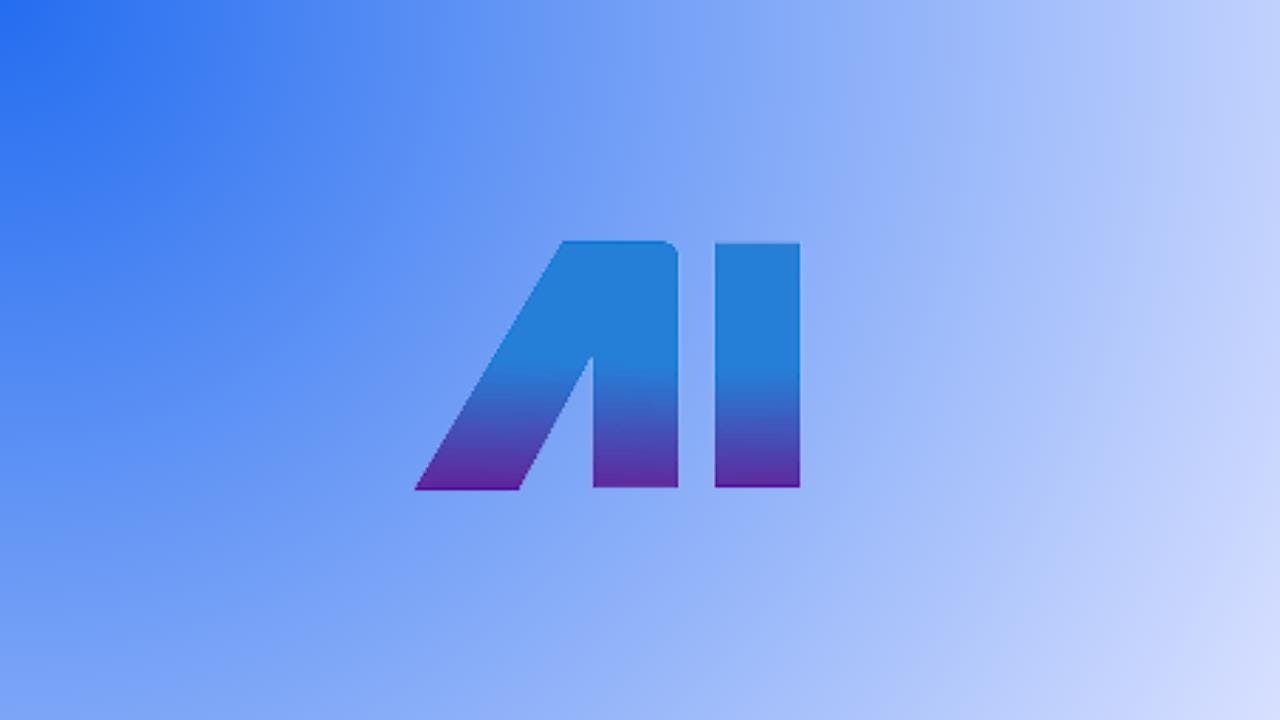
AI Nero Review: Image upscaling made easy! Worth it or not?
2023-06-07T20:43:00.000Z
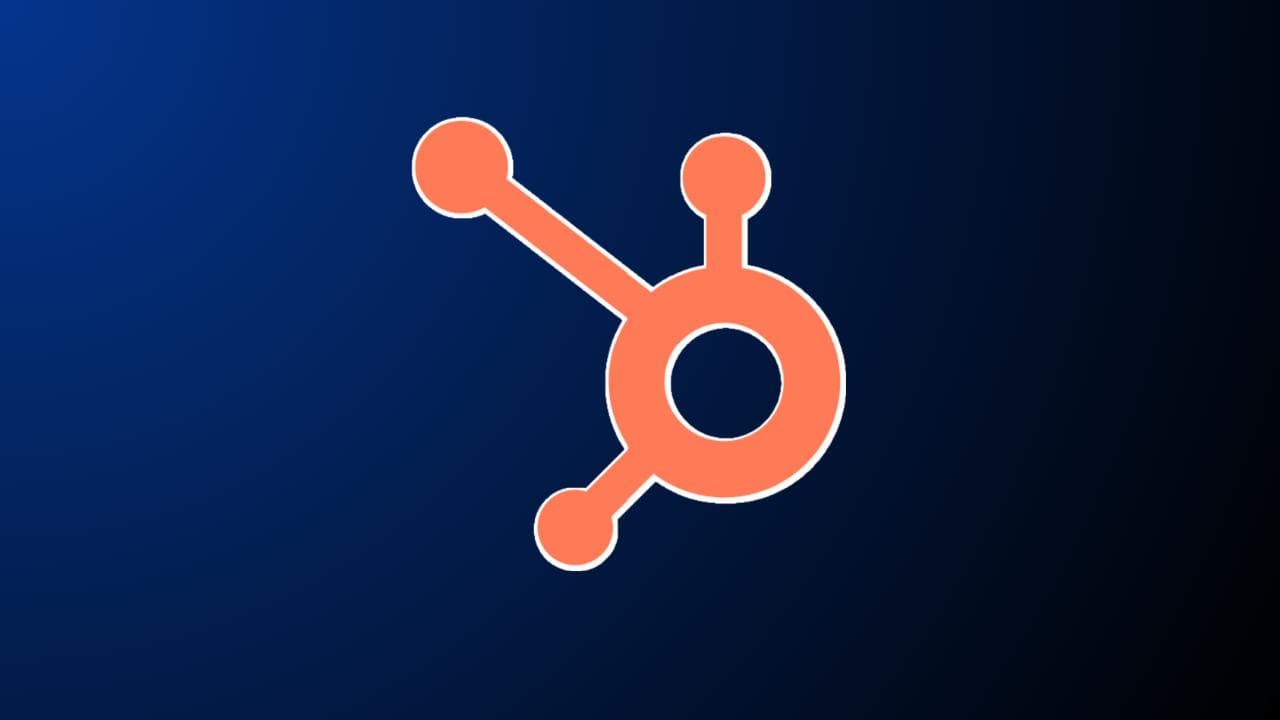
HubSpot Review 2023: Can businesses Grow With It?
2023-05-01T19:06:00.000Z
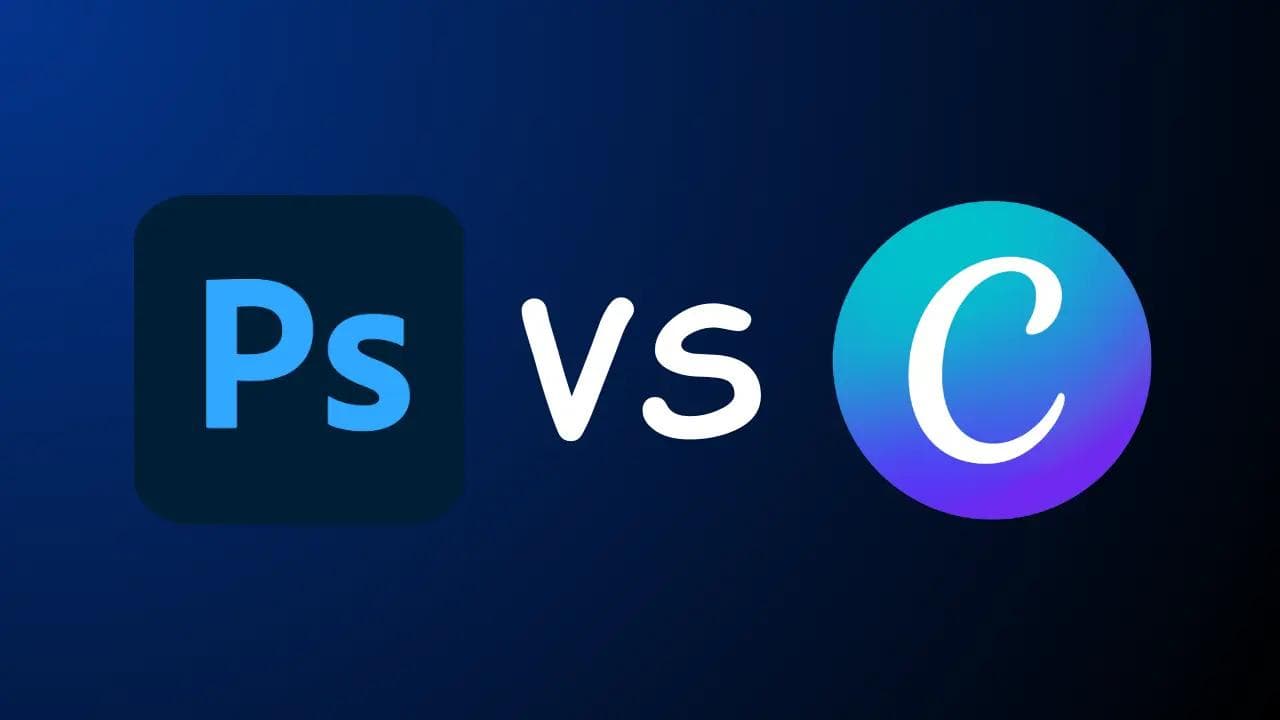
Photoshop vs. Canva: Which is the right choice?
2023-09-05T14:48:00.000Z
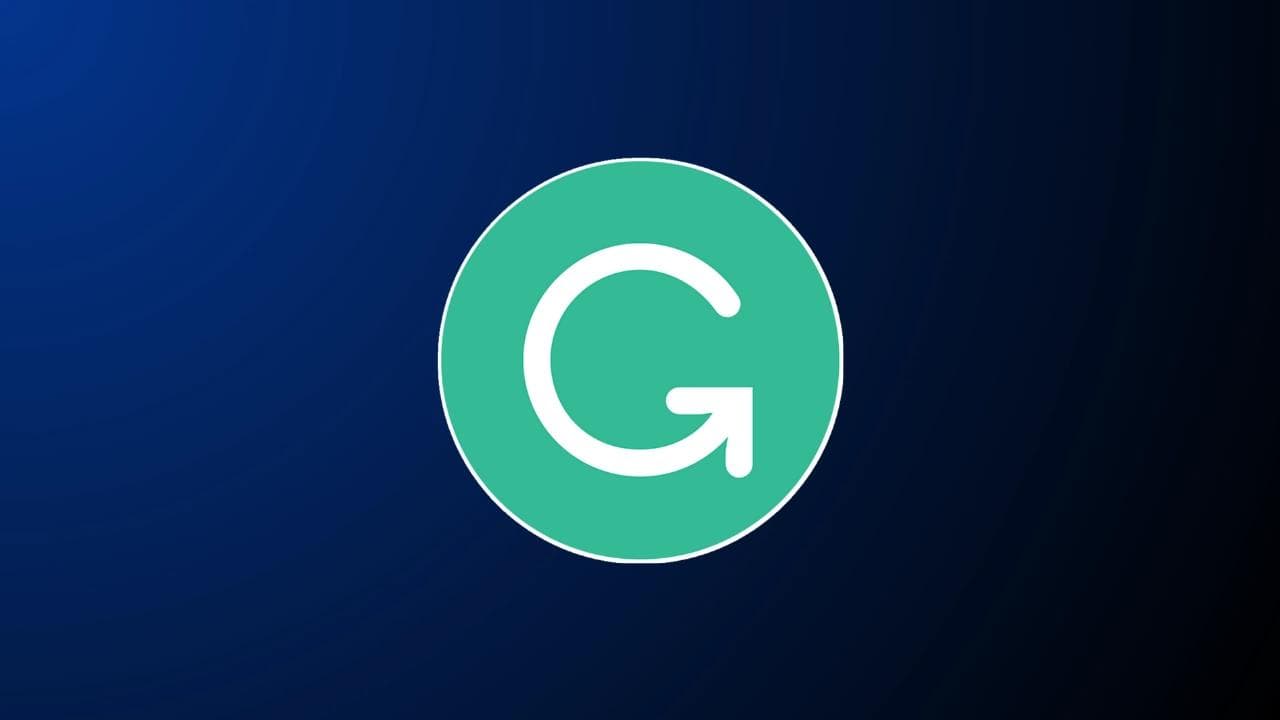
Grammarly Premium Review: From job to self-employment In 2023
2023-06-12T16:32:16.019Z
Subscribe for
the latest updates
